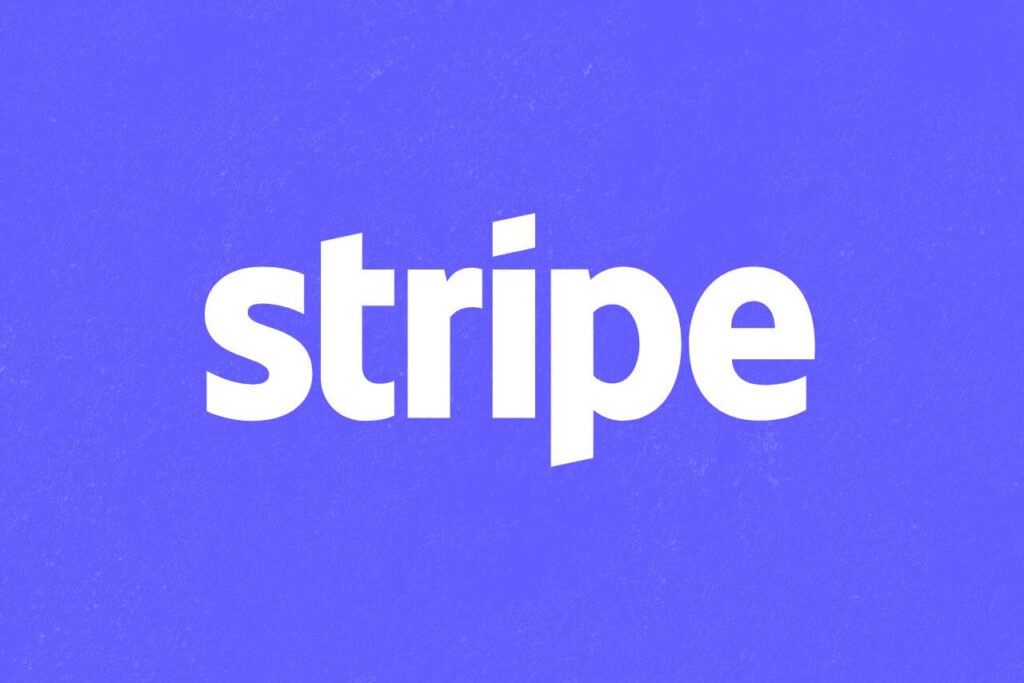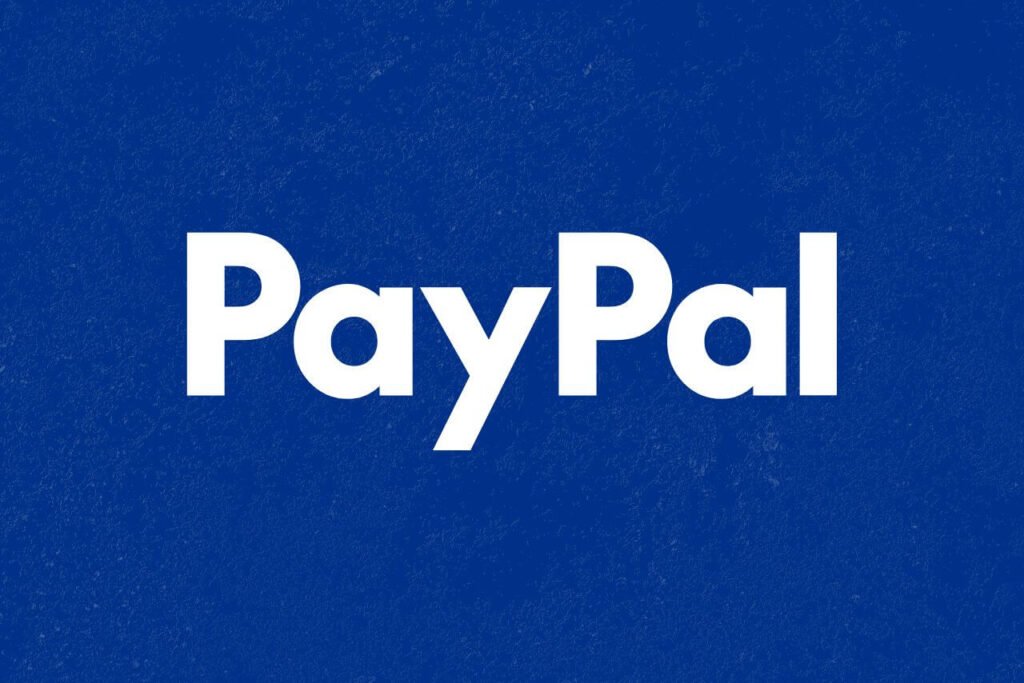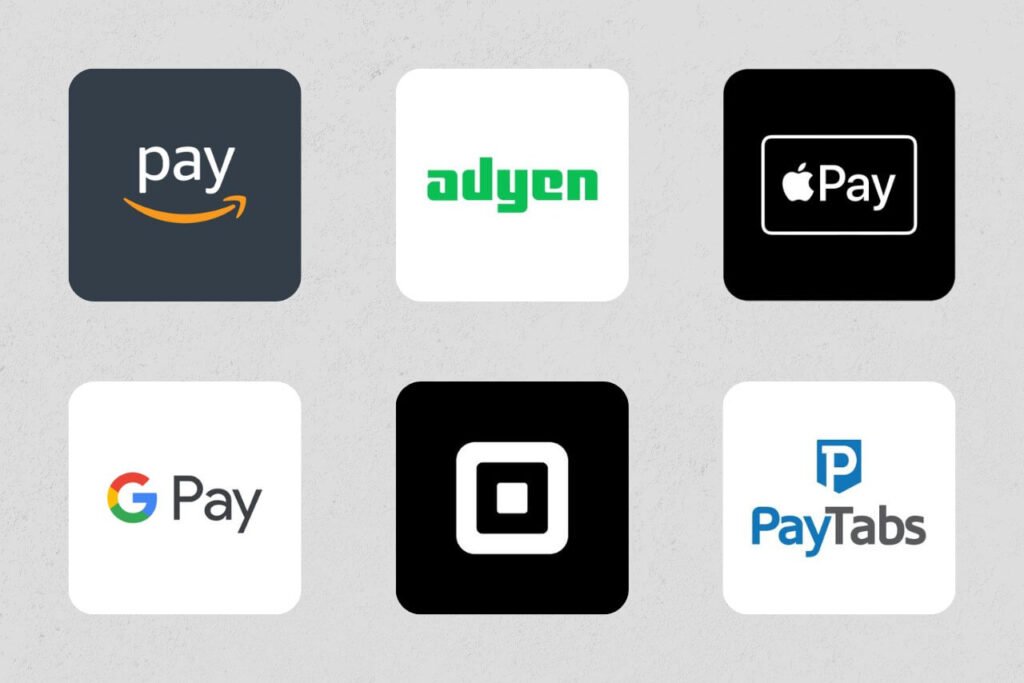In 2025, the world of digital payments isn’t just competitive — it’s a battlefield. Every swipe, tap, or click at checkout is more than a transaction; it’s a strategic tug-of-war between some of the most influential fintech companies on the planet. Leading the charge are two titans: Stripe and PayPal.
Once seen as complementary—Stripe for developers, PayPal for consumers — these two giants are now vying for dominance across every layer of the payments stack. But they’re not alone. A growing army of challengers is rising, from Square and Adyen to Razorpay, Apple Pay, and even cryptocurrency-based networks, each aiming to own a slice of the trillion-dollar pie.
So in 2025, who’s winning?
To answer that, we need to look beyond brand names and dig into ecosystems, innovation, trust, global reach, and the race for what comes next.
Stripe: The Developer’s Favorite, Scaling Like a Cloud Giant
What Stripe Does Best
Stripe’s rise to power has always been rooted in one word: infrastructure.

From the beginning, it focused on developers, offering simple, elegant APIs that made it easy for startups and enterprises alike to accept payments. But in 2025, Stripe is far more than a checkout button. It’s an end-to-end financial infrastructure platform.
Here’s where Stripe is thriving:
- Stripe Connect powers platforms like Shopify, DoorDash, and Lyft with embedded payments.
- Stripe Atlas helps entrepreneurs around the world launch U.S. companies remotely.
- Stripe Issuing and Treasury have expanded Stripe into banking-as-a-service territory.
- Stripe Identity brings trust and compliance to global KYC/AML operations.
- Enterprise-grade APIs now compete directly with legacy giants like FIS and Worldpay.
Global Reach
As of 2025, Stripe supports businesses in over 50 countries with local payment methods, currency conversions, and tax compliance — all managed programmatically. Its expansion into regions like Africa and the Middle East is now underway, with a focus on ecosystem partnerships over aggressive branding.
User Base
Stripe has grown from a developer-first darling to serving millions of businesses, from two-person startups to public companies. And thanks to tools like Stripe Checkout, even non-technical entrepreneurs can get up and running fast.
PayPal: The Consumer-Facing Giant Reinventing Itself
What PayPal Does Best
PayPal’s strength lies in its brand recognition and consumer trust. It has been a default payment option on the internet for two decades, and that kind of familiarity matters, especially in cross-border commerce.

In 2025, PayPal continues to dominate:
- Peer-to-peer payments via Venmo and Xoom
- One-click checkouts on millions of e-commerce websites
- Subscription management
- Fraud protection and buyer assurance — still among the best in class
But PayPal isn’t standing still. It has invested heavily in:
- Crypto payments
- AI-based risk modeling
- Expanding merchant services
- A refreshed developer toolkit, trying to win back some of the tech-savvy market it lost to Stripe
Global Reach
PayPal is still accepted in 200+ markets, supports over 25 currencies, and works with a network of millions of merchants. It’s particularly strong in regions like Europe, Latin America, and Southeast Asia, where digital wallets are replacing traditional banks.
User Base
With over 430 million active accounts, PayPal is a digital payments juggernaut. Its user base spans small merchants, freelancers, non-profits, and enterprise retailers — making it the most universally recognized payments brand worldwide.
The Rest of the Pack: Square, Adyen, and the Specialized Players
While Stripe and PayPal dominate headlines, other players are fiercely competitive — and in some cases, leading in their verticals.

Square (Block)
- Strength: In-person and SMB transactions, POS systems, Cash App ecosystem
- 2025 Status: Expanding globally and into credit, banking, and loyalty integrations
Adyen
- Strength: Large enterprise merchants (Uber, Spotify, eBay), global omnichannel support
- 2025 Status: Dominating B2B and high-volume retail transactions in Europe and Asia
Apple Pay / Google Pay
- Strength: Seamless mobile integration, privacy-first design
- 2025 Status: Becoming the default for in-app and tap-to-pay experiences, especially on mobile
Razorpay, Flutterwave, and Local Fintech Heroes
- Strength: Regional mastery (India, Africa, MENA)
- 2025 Status: Fast-growing, mobile-first, and deeply localized for small businesses and creators
Key Battlefronts in 2025
1. Embedded Finance
Every platform wants to be a fintech now — from SaaS tools to marketplaces. Stripe has an early lead here, but PayPal’s renewed B2B focus is closing the gap.
2. Global Settlements
For creators, freelancers, and startups working globally, fast payouts in local currency is a major battleground. PayPal’s remittance history helps, but Stripe’s banking partnerships offer more flexible tooling.
3. Checkout UX
Stripe’s hosted checkout flows and PayPal’s universal button compete head-to-head. But with Apple Pay and Google Pay offering biometric one-tap experiences, the next winner may be native rather than branded.
4. Crypto & Stablecoins
PayPal is already enabling crypto buys and transfers. Stripe has quietly supported USDC for payouts. In regions with unstable currencies, these capabilities could be key.
5. Regulatory & Compliance
As governments tighten data and payment regulations, players with strong compliance stacks will win. Both Stripe and PayPal are doubling down here — but Stripe’s developer-first tooling makes compliance programmable, which is a massive advantage.
So… Who’s Winning in 2025?
It depends on how you define “winning.”
- If it’s trust and consumer scale? PayPal is still the king.
- If it’s innovation, speed, and developer mindshare? Stripe wears the crown.
- If it’s local adaptation and global coverage? Players like Adyen, Square, and local fintechs are carving out strongholds.
But here’s the truth: there may not be one winner.
Instead, we’re moving into a multi-rail financial world, where customers and businesses use different tools for different use cases:
- Stripe for startup integrations
- PayPal for eBay and international B2C
- Square for in-person sales
- Apple Pay for iOS-based quick purchases
- Local fintech apps for niche or regional needs
The real winner? The customer.
Because for the first time in digital payments history, you don’t have to choose just one.
A Future Built on Flexibility
In 2025, the payment landscape is no longer about singular dominance — it’s about ecosystems, interoperability, and experience.
The brands that thrive will be those that:
- Integrate natively into customer workflows
- Offer true global scalability
- Prioritize developer and merchant experience
- Make financial transactions as invisible, intuitive, and instant as possible
Stripe, PayPal, and their peers aren’t just processing payments — they’re building the rails for the next decade of global commerce.
And if there’s one thing we’ve learned so far, it’s that the race isn’t over. It’s just getting started.




















